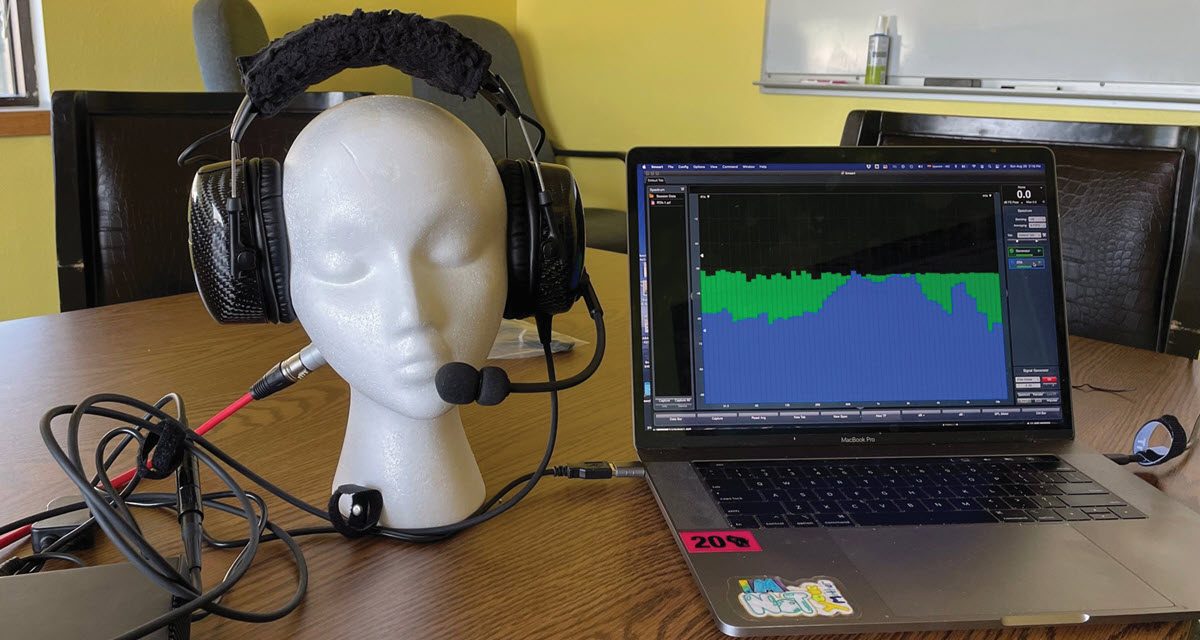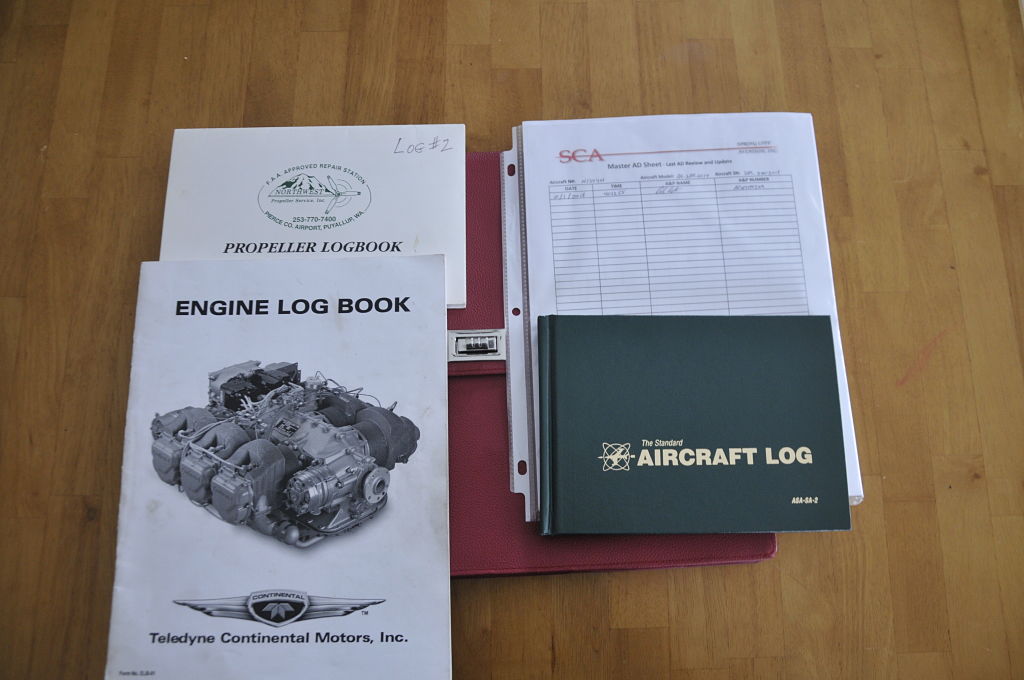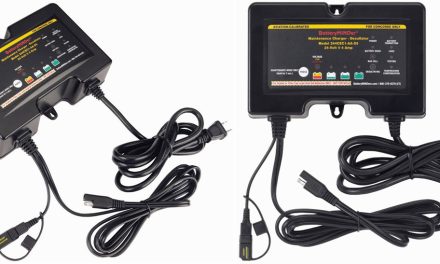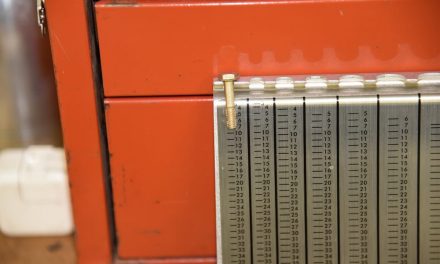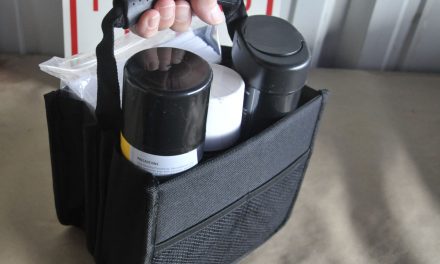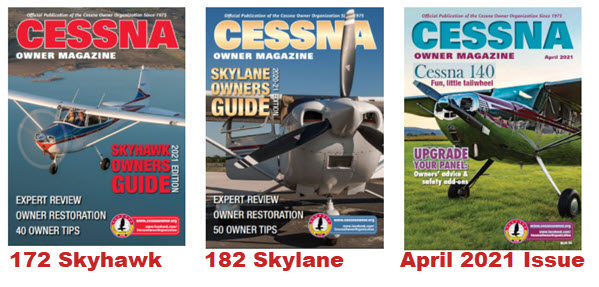Ever wonder why one friend swears by Lightspeed’s Zulu and another prefers Bose, David Clark, Clarity Aloft, Tely, or another? Is it personal preference or is it scientific?
A few years back (in the July 2022 issue of Cessna Owner magazine), we reviewed three headset brands and shared how we did those tests. However, we never shared what we learned in the process. We started by measuring base line sounds in my Cherokee 180 during cruise flight. We then recreated the sound in a lab environment electronically to minimize outside factors (see the green portion of the graph). The blue portion in the graph is the cancelation of the sound, ranging from very low frequencies to very high. As you can see in the picture, sound reduction to the ear is not perfect in every frequency range. Perfect would be indicated by blue completely covering all the green.
We learned from this test not only how loud sounds were effectively cancelled or reduced, but which frequencies were cancelled best by which headsets. No headset was perfect in all ranges.
We had the computer map out the sounds of the airplane: engine, propellor blades, exhaust, wind around the cabin, any airframe vibrations, etc. Each of these noises may be different to the ear of the person hearing them. There are a large variety of noises that turn out to be unique to each aircraft, not just make and model. Each Cessna 172, Piper Cherokee, or any other aircraft can be unique in its noise output.
Add to that the variations in a person’s own hearing capability. The ability to determine higher or lower frequencies between people can vary as much as the noise in the airplanes. One could also include sound proofing modifications or other interior components of a particular airplane as another variable.
You soon find the correct technical answer to our big question of what’s the best headset is most accurately answered, “It depends.” For that reason, we won’t endorse any particular brand or model as a favorite.
Jeff Lange, an audio engineer and fellow pilot, also noted that some of the loudest aircraft need to control sound differently than your average Cessna or Piper. He cited examples he learned from air racing where the deeper, stronger frequencies would literally damage the common ANR headset to the point of failure. Two aircraft he noted that were particularly loud were the P-51 Mustang and the Ford Tri-motor. The in-ear variants of headsets actually improved over all performance in those extreme situations.
What Does This Mean for You?
What’s the takeaway advice? If you are flying the average Cessna or Piper, determining your personal preference is as good a method as any. In my cabin, I have a Bose, a Zulu, and a few non-ANR headsets. I like Bose and my wife likes the Zulu. There is no right or wrong answer. The variables that companies tweak to cancel noise are numerous and it does matter. Having a comfortable headset is important too.
Let us know what your favorite headset is and why – answer our survey here: www.cessnaowner.org/survey
Jim Curns has been around airplanes since the mid-1960s. After starting a business and a family, he learned to fly. He has owned ultralight, experimental, Cessna, and Piper aircraft.
Jeff Lange has been immersed in aviation since 1998, having raced his own plane at Reno and flying whenever possible. He currently works in professional sound production and installation (which he has for several years) and also spent a few years installing avionics and sound equipment in aircraft.

